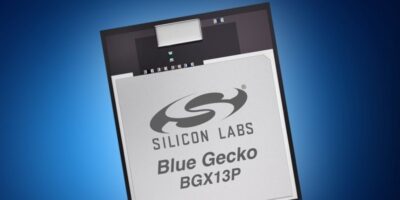From Digi-Key Electronics comes the DK IoT Studio which is an integrated development environment that aims to provide a simple way for developers and providers to create Internet of Things (IoT) solutions. The DK IoT Studio allows an idea to progress to prototype in minutes without code.
The new tool, developed in partnership with Atmosphere IoT, has an intuitive user interface along with drag-and-drop functionality. Dragging sensors, processors and other library elements and dropping them onto the design panel allows a user to make connections and start collecting data and sending it to a mobile device or the cloud.
The DK IoT Studio also generates the embedded code (firmware) as well as the web and mobile application code.
“We are thrilled with this partnership and what it means for the Digi-Key community,” said Jeff Liebl, CEO of Atmosphere IoT Corp. “Together we are reducing the complexity involved in translating a smart, connected product concept into an actual working system.”
The initial release of the DK IoT Studio will feature Espressif’s ESP32 and NXP’s Rapid IoT Kit, with additional supplier platforms being added quarterly.
The tool also has the ability to create and import/export designs for shareable/customisable projects, uses Amazon Web Services and can integrate data into a third-party application, data warehouse or cloud platform.
“The goal of providing a design tool like the DK IoT Studio is to offer a seamless path from the creation of an IoT solution to field deployment,” said Robbie Paul, strategic programme development director, IoT. “We are ready to help bring your IoT designs to realisation faster and easier than ever before, as the tool is paired with access to Digi-Key’s inventory of the world’s largest selection of electronic components to help you take your designs to the next level.”





